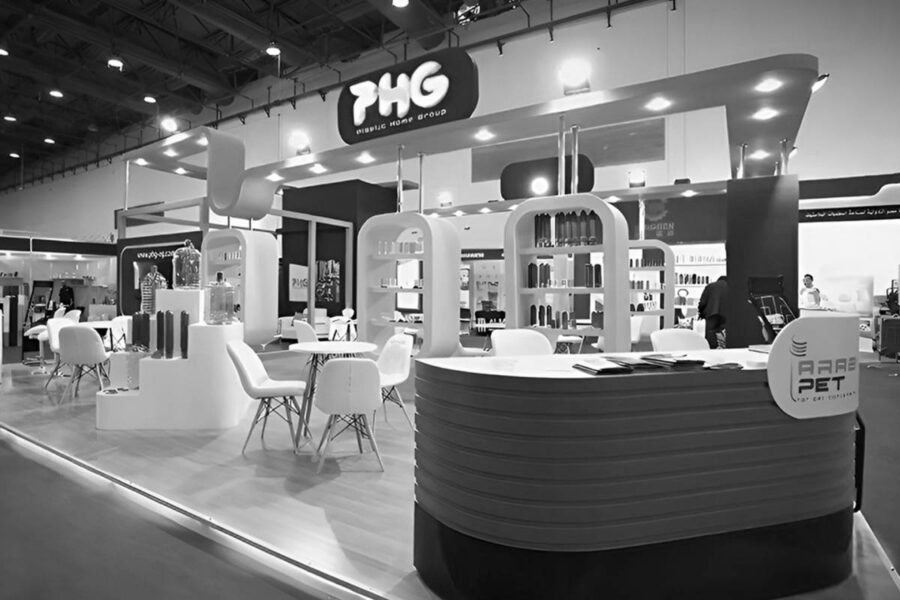
Booth Production 101: How to Create the Perfect Exhibition Booth for Maximum Impact
A well-designed booth is the backbone of any successful exhibition or trade show appearance. It’s the space where potential customers will first encounter your brand, so ensuring it’s designed to capture attention and drive engagement is critical. This blog post will guide you through the process of booth production, from conceptualization to execution, and provide tips for creating a booth that will make an unforgettable impression.
The Importance of Booth Production in BTL Marketing
In the context of BTL marketing, your booth represents your brand’s physical presence at an event. It’s a prime opportunity to engage with a captive audience, showcase your products or services, and build relationships that extend beyond the event. The production process behind creating an exhibition booth involves several critical elements to ensure the booth aligns with your brand’s identity and objectives.
The Booth Production Process
Creating a booth that resonates with visitors and achieves your goals requires a clear, step-by-step approach. Here’s an overview of the booth production process:
1. Concept and Design: The first step in booth production is to create a concept that aligns with your brand’s identity and the objectives of your campaign. Whether you want to emphasize product demonstrations, brand storytelling, or interactive experiences, your design should clearly reflect the message you want to convey. Work closely with a designer to ensure your booth’s visual elements are cohesive, functional, and eye-catching.
2. Layout and Functionality: Your booth should not only be aesthetically pleasing but also highly functional. Ensure that the layout allows for easy traffic flow, so visitors don’t feel crowded or overwhelmed. Depending on the nature of your brand and products, your booth might require specific zones for demonstrations, private meetings, or product displays. Maximize space for a comfortable experience.
3. Material Selection: When choosing materials for your booth, consider both aesthetics and durability. Choose materials that align with your brand’s values. For example, if sustainability is important to your brand, opt for eco-friendly materials. Additionally, make sure that your booth structure is sturdy enough to withstand transportation and multiple setups.
4. Graphic Design: Bold, impactful visuals are essential for capturing attention. Work with a skilled graphic designer to create striking banners, signage, and displays that convey your brand message clearly. Make sure the design is simple yet engaging, with a focus on key branding elements like logos, taglines, and products.
5. Technology Integration: Today’s exhibition booths often incorporate digital elements such as interactive screens, video displays, or virtual reality (VR) experiences. Consider using technology to enhance your booth’s engagement factor, especially if your target audience is tech-savvy.
The Logistics of Booth Production
Once you’ve completed the design, the next step is executing your booth production. This involves sourcing the materials, working with booth builders, and coordinating logistics:
1. Sourcing and Manufacturing: Depending on the complexity of your booth design, you might need to source specialized materials or work with manufacturers who can create custom-built structures. Ensure you choose suppliers who can deliver high-quality products within the required timeline.
2. Assembly and Set-Up: Booths need to be assembled and set up before the event, sometimes requiring professional assistance. Plan ahead for setup times and ensure the booth is delivered to the event location in a timely manner.
3. Shipping and Storage: After the event, consider the logistics of dismantling and shipping the booth to your next event. Some companies opt for modular booths that can be reused and stored for future shows, which can help reduce costs in the long run.
